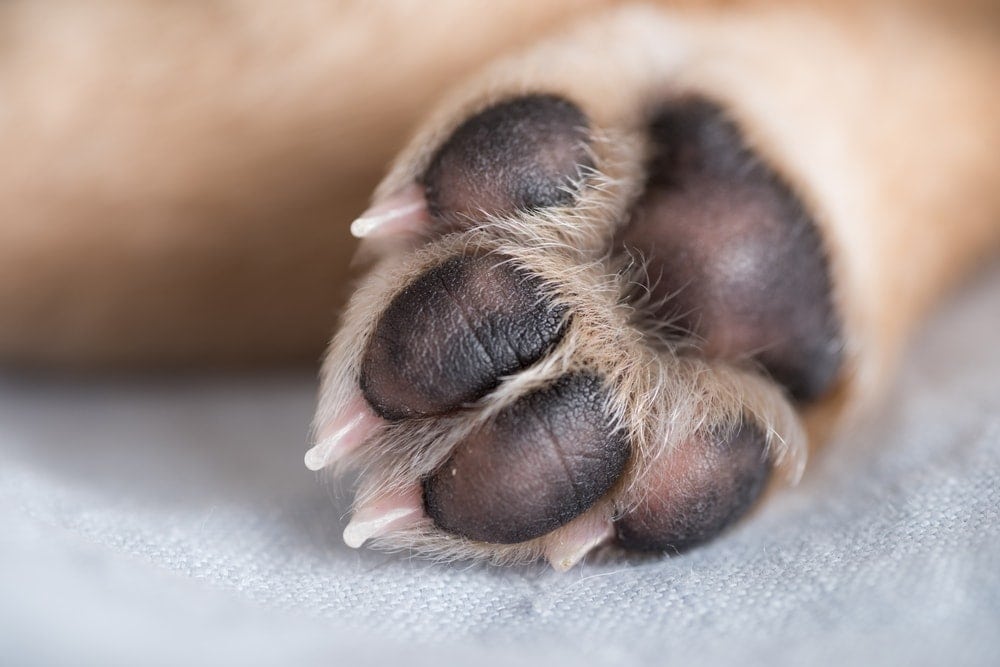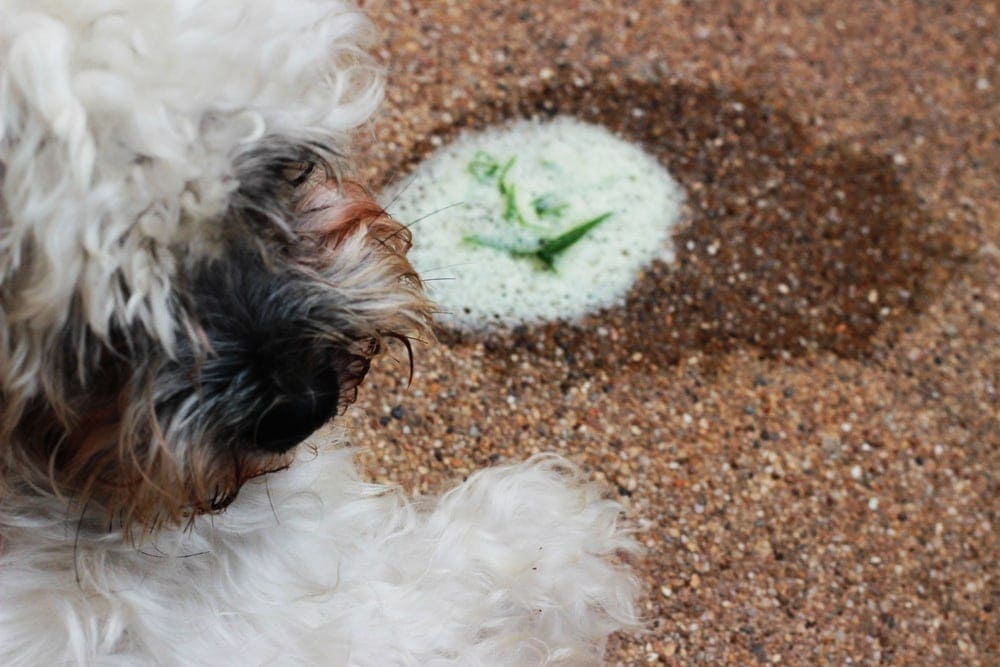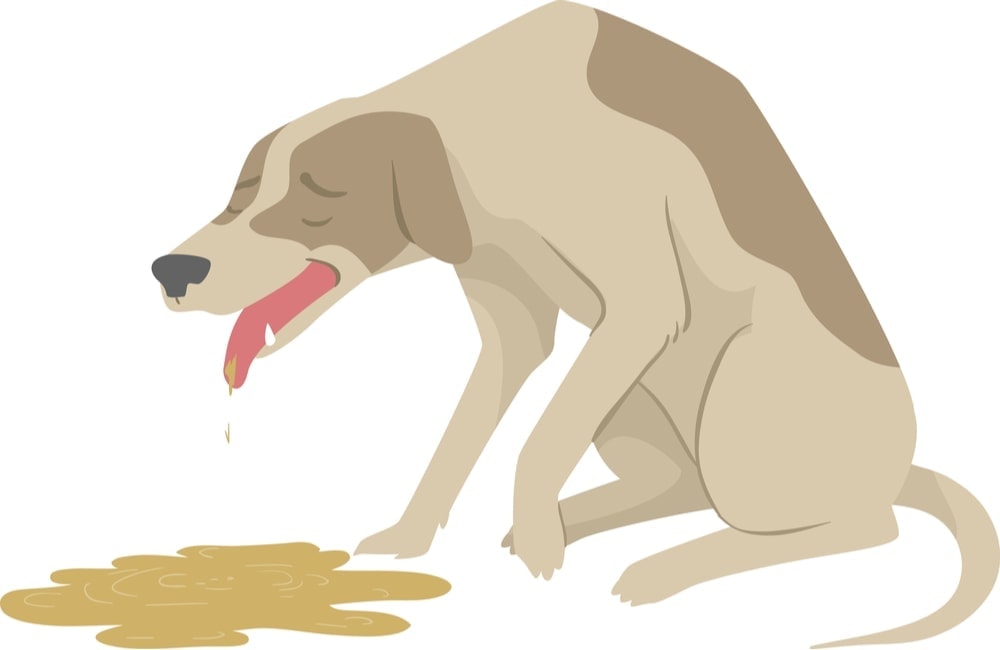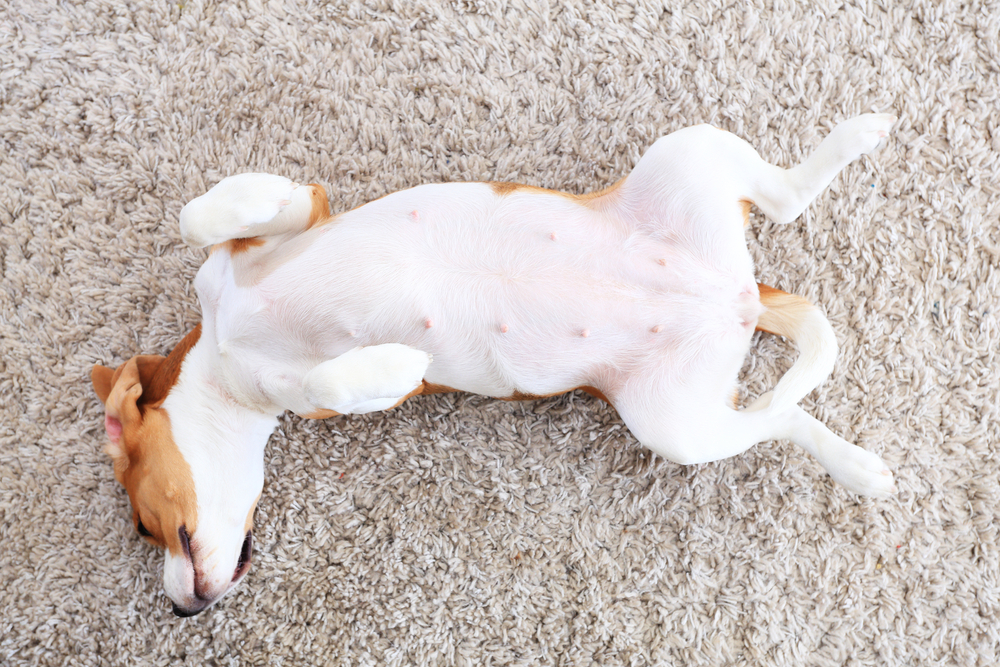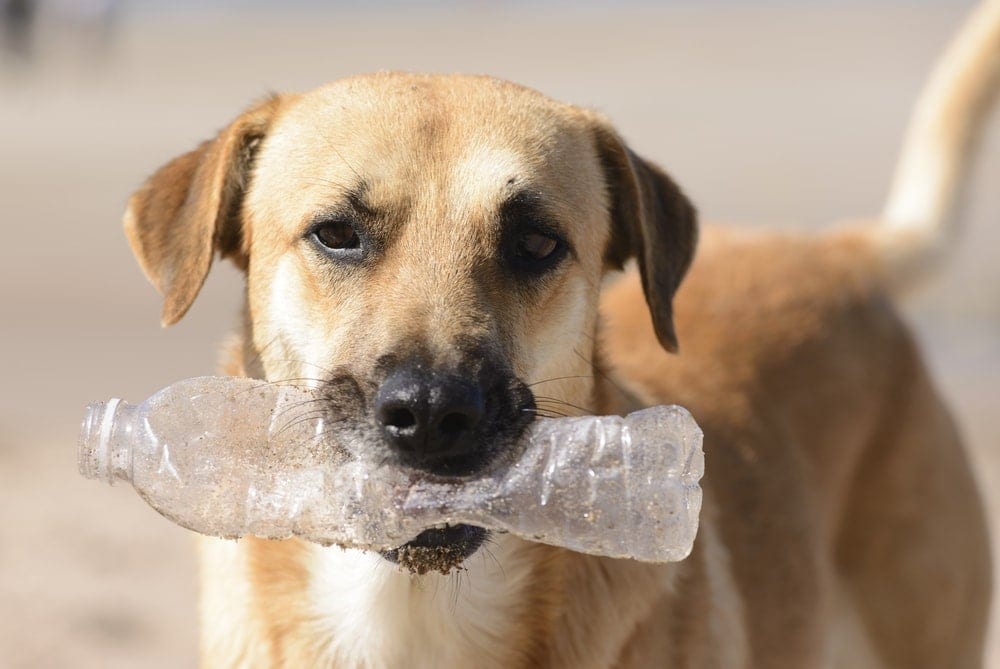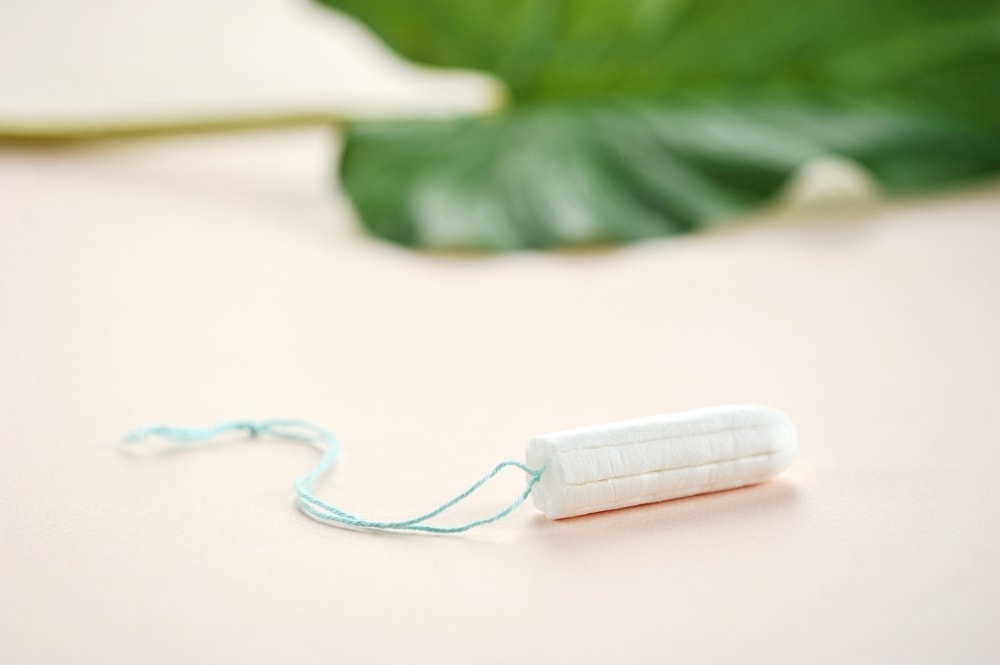Are you feeling helpless because your furry friend suffers from a skin disease called hyperkeratosis?
As harsh as it may sound, this hard-to-pronounce medical condition is a progressive disease that can be a source of huge discomfort for your beloved pet.
What is Hyperkeratosis?
Also known as hairy dog feet, it’s a skin condition that occurs when the dog’s body produces more keratin than what is needed. For those who don’t know, keratin belongs to the family of fibrous protein that makes up hairs, horns, hooves, claws, as well as features.
Overproduction of keratin leads to the development of dry, hard, and crusty material on the dog’s paws and nose(sometimes). If you suspect that your dog’s paws have turned hairy, the chances are that your pet must be the next victim of this odd-looking skin condition.
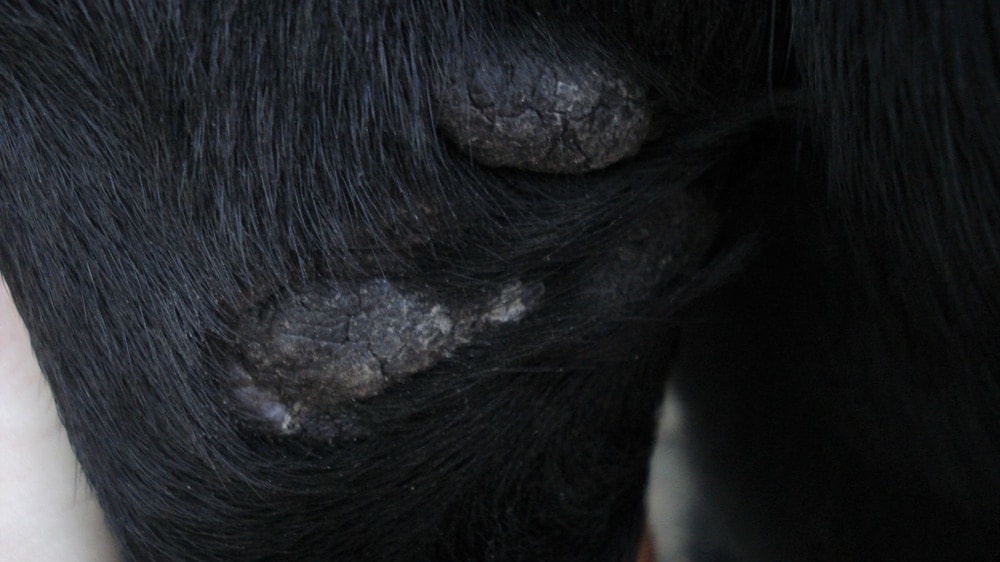
Causes of Hyperkeratosis:
It’s mostly a hereditary condition. This means that many dogs are destined to catch up with this problem. That said, it occurs very early in the dog’s life, usually within the first year itself.
Yes, the highest incidence of this skin condition is reported in young dogs. Genetics aside, certain diseases and lifestyle factors can also lead to hyperkeratosis.
Factors that Can Cause Hyperkeratosis:
Zinc Deficiency: Some dog breeds are prone to zinc deficiencies as they have trouble absorbing this mineral, which may lead to hyperkeratosis.
Growing Age: Contrary to human beings, a dog’s skin thickens with age, leading to hyperkeratosis in some cases. So, growing age is another factor for this skin condition.
Canine Distemper & Leishmaniasis: Both these ailments, if left untreated for too long, can also trigger hyperkeratosis down the road.
Autoimmune Disease: Often observed in middle-aged and old dogs, Pemphigus Foliaceus is a commonly found autoimmune disease in dogs, which can make way for hyperkeratosis.
Symptoms of Hyperkeratosis:
Hyperkeratosis affects the dog’s nose or the paws. In extremely rare cases, it can affect other body parts as well. That said, hyperkeratosis is fairly common in paw pads as opposed to other body parts.
The affected body part gets substantially thicker and harder than usual because of excess keratin production in the dog’s body.
Is Hyperkeratosis Life Threatening?
The good news is that it’s not a life-threatening issue by any means. But then, it’s a lifelong condition. True, there’s no escaping from this skin ailment, which means that your dog will need regular attention and treatment to deal with this condition.
Is it Painful for the dog?
At first, it may not seem too bothersome. This isn’t to say that the condition can be left untreated because it may progress to a point where your dog may not be able to walk or stand for too long due to the pain associated with the condition.
So, there is pain and discomfort involved, especially if the disease is allowed to progress by non-treatment.
How to Heal Hyperkeratosis?
At this point, there’s no known cure for hyperkeratosis. But, you can do a lot of things to make your dog’s life more comfortable than usual, despite the pain and discomfort involved in the condition.
Getting Rid of the Crust
Of course, don’t try this at home. It’s a vet’s job that involves skills. Basically, it’s not something a regular office-goer should attempt because it can cause skin infection in dogs. The procedure involves getting the extra crust removed from the dog’s feet.
Once the extra layer is removed, your pet will be able to walk more comfortably. Keep in mind that the crust needs to be removed every few months.
Use Socks or Boots
With this disease, morning walks won’t be fun. In fact, rough surfaces can worsen the condition. To prevent the paws from getting worse, your best bet would be to provide your furry friend with their own socks or boots.
This will protect the bottom of their feet from the rough surface, which is needed to reduce friction.
Ointments
There are quite a few locally available ointments that can soften the thick layer on the skin, allowing the skin condition to improve.
It goes without saying; you should choose a rapid penetration ointment because there’s always this possibility of your dog licking the ointment as soon as you apply it. Usually, frequent application of a good ointment that’s specifically formulated to deal with this condition limits the recurrences of thick and hard paw pads.
Word of Advice
If your dog is affected by hyperkeratosis, you should take him to the vet’s office.
Since this skin condition could be a symptom of other illnesses, there’s a high probability that your dog may have some other health issues as well.
Final Words:
Hyperkeratosis isn’t the end of the world for your dog. Believe it or not, your dog can live a great life, despite this condition. Of course, a lot depends on your care and attention!
